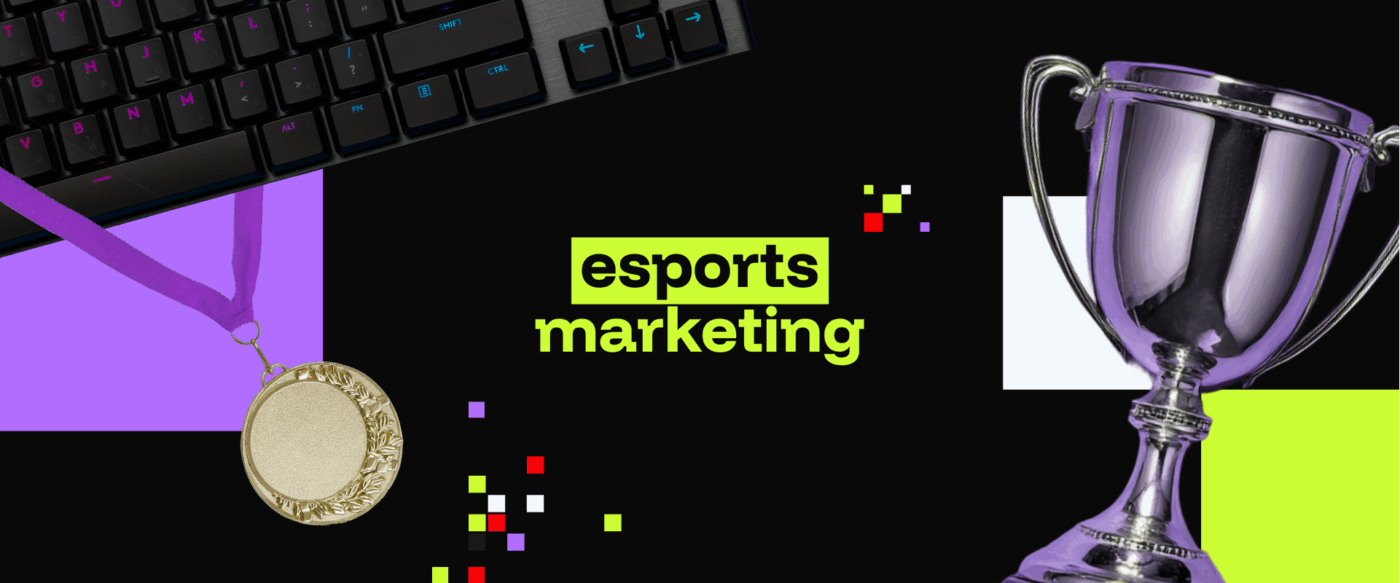Over the past decade, esports has grown from a niche entertainment genre to a mainstream spectacle with millions of fans around the world. As a result, audience numbers have surged. Consequently, interest in advertising in the esports world has also increased, as they aim to tap into this highly engaged, mostly young demographic.
Why is advertising in the esports world so attractive?
To begin with, esports tournaments attract large audiences. These include both in-person attendees and, more significantly, online viewers on platforms like Twitch and YouTube. These audiences are not passive. On the contrary, they interact, comment, and share content. This creates a dynamic level of engagement that traditional sports and entertainment channels often can’t match—one of the key reasons advertising in the esports world is becoming increasingly popular.
Unlike traditional sports, esports has no geographical boundaries. To illustrate, a tournament hosted in Los Angeles is watched live by fans in London, Seoul, and Sydney. In essence, this means access to a global market through a single channel.
What’s more, the typical esports enthusiast is young (often between 18–34 years), tech-savvy, and has disposable income. Most importantly, this demographic is notoriously difficult to reach through traditional media but is readily accessible via esports.
Is advertising in the esports world effective?
Advertising in the esports world goes beyond simple logo placement. Instead, it requires deeper integration into the overall experience. For example, brands often sponsor segments like game highlights or player interviews. These naturally engage the audience. In addition, creating interactive and immersive campaigns using technologies such as virtual or augmented reality can boost viewer engagement. As a result, they help create memorable experiences.
Equally important, community involvement and content creation play key roles in successful esports advertising. Specifically, brands that collaborate with popular esports personalities tend to see better engagement. That is to say, content that resonates with the community performs best. These collaborations should not only appear genuine. Above all, they should offer real value to the audience. To illustrate, they might provide insights into the game or players that can’t be found elsewhere.
Case studies
Intel Extreme Masters (IEM) and Red Bull’s initiatives in esports are both exemplary. For instance, Intel not only sponsors IEM but also provides high-performance computing equipment. In doing so, they demonstrate how their products enhance the gaming experience. Meanwhile, Red Bull has successfully connected with fans through documentaries about League of Legends players. These, in turn, effectively blend product promotion with genuine storytelling.
Conclusion
As esports continues to grow, opportunities for advertisers will expand as well. At the same time, success takes more than just showing up. In fact, it requires a deep understanding of the esports ecosystem. Additionally, brands need a creative and respectful approach to fit into this vibrant culture. For those willing to invest the time and resources, esports offers a powerful way to reach an elusive, yet highly valuable, audience.
Need help navigating the esports space?
If you’re planning your next digital campaign and want to ensure it goes well with the gaming community, we’re here to support you.
Feel free to contact us or reach out via LinkedIn or Facebook!

 HOME
HOME





